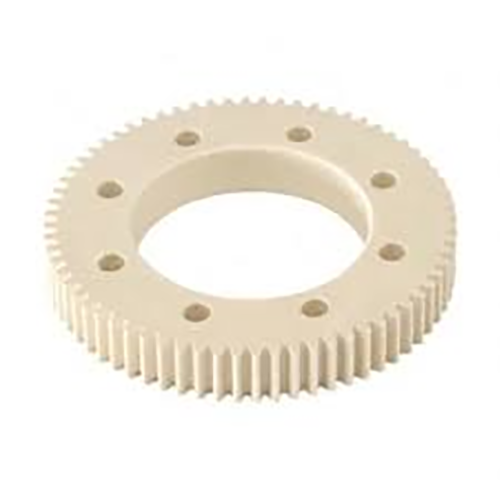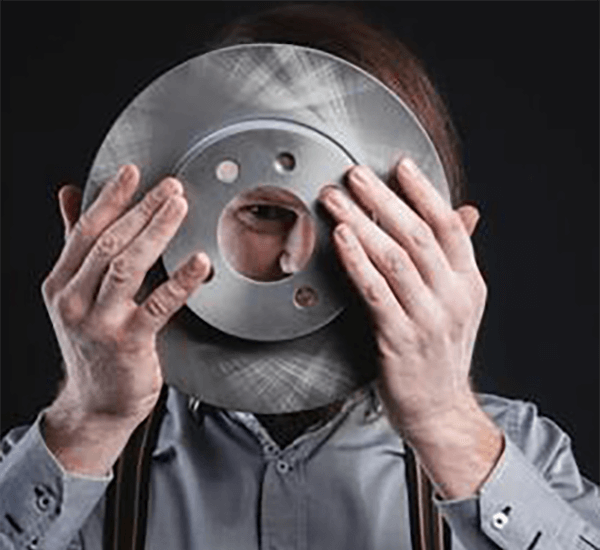
Producing the required exterior polish for a processed workpiece stands as fundamental.
- CAD annotations convey exact surface criteria for production
- These callouts often use terms like "Ra," which stands for arithmetic mean deviation to quantify the surface roughness
- Understanding these callouts is fundamental for ensuring manufactured parts meet performance requirements
- Specified roughness affects lubricant distribution, frictional performance, and durability
- Right interpretation of surface notes ensures attainment of the sought condition
CNC Machining: A Definition of Precision

CNC-driven fabrication functions as a modern manufacturing method employing digital instructions the machinery forms elaborate parts with exactness.
- CNC systems permit manufacture of precise components from diverse substrates
- Machine flexibility renders it suitable for medical device and electronics manufacturing
- Numerical control systems guarantee repeatable accuracy between batches
Across R&D to production scale-up CNC machining drives manufacturing evolution
Interpreting CNC Specifications
Decoding CNC machine specifications can feel daunting at first glance
Nevertheless simple study and a stepwise method let you read technical specifications
Launch by determining central specs: spindle rpm, feed velocity, accuracy, envelope, controller
Every spec plays a role in determining machine performance.
Consider that higher spindle velocity suits pliant materials while elevated feed boosts capacity.
Knowing these correlations permits matching machine capabilities to your specs
Take time to inspect maker literature meticulously.
Manufacturer docs typically supply key details and decode technical phrasing
What You Should Know About CNC Machines
Automated CNC platforms are computer-commanded systems for precision manufacturing of multiple materials They process programmed G-code to regulate toolpaths and actuator behavior.
- Examples of CNC types are vertical mills, CNC lathes, CNC routers, plasma cutters
- Production processes accommodate metal alloys, plastics, woods, and composite materials
- Furthermore CNC machines allow for rapid prototyping and low-volume production runs making them valuable assets for small businesses and research centers
Core Concepts of CNC Machinery
They exemplify the union of precise mechanics and modern control software Programmable machines execute software-driven fabrication of straightforward components and complex constructions Key principle turns electronic models into physical artifacts.
- Automated machine operation
- Software control implementation
It uses accurate motion sequences commanded by the controller Production personnel configure feeds and speeds, monitor cycles, and guarantee output quality.
The Role of Surface Finish in CNC Machining
Achieving the desired surface finish in CNC machining is crucial It significantly alters operational behavior and appearance Base material, cutting conditions, and post-machining refinements govern texture.
A smooth surface finish can enhance the product's durability while a rougher finish may reduce its effectiveness CNC machining processes offer a wide range of tools and techniques to achieve the specific surface finish for different applications.
- Consider using alternative cutting shapes |PCD tools|spindle rpm choices to produce target surface
- Secondary operations like sanding, grinding, or polishing boost finish
Knowing parameter-to-finish links is vital to secure the best results.
From Operation to Applications: CNC Basics
A precise fabrication technique, it applies computer-controlled machines to produce parts from assorted materials They adhere to programmed code to reproduce complex geometries with repeatable accuracy Knowing programming basics and tool selection secures better machining outcomes
Sectors served include aerospace, automotive, manufacturing, medical, and electronics fields From precision engine parts to detailed injection molds, CNC delivers complex products
Notation for Surface Finish on Machined Parts
Accurate finish definition matters when machining parts with CNC It makes sure the product satisfies function and aesthetic demands Finish specifications are often expressed via the Ra roughness standard Noted in microns or millimeters, the value quantifies average texture height.
Factor in desired smoothness and the component’s functional purpose when setting finish callouts

Generally fine finishes benefit components requiring precision alignment and tolerance
Coarse finishes can benefit components where traction or friction are functional
Insert concise surface notes in blueprints to articulate finish expectations Specify the Ra metric and note any secondary treatments or special machining steps.
Observe that unambiguous finish specifications are vital for manufacturing outcomes
Classification of CNC Machines and Uses
CNC machining spans many technologies and machine classes to address different operational needs They work with CAD/CAM programs to command cutters and deliver accurate component fabrication.
- Turning centers form shafts rods and cylindrical forms by cutting along axes
- Routers handle flat panel cutting and profiling for non-metal workpieces
- Beam and jet cutting methods enable accurate slicing with differing thermal impacts
Machine selection is dictated by workpiece material, geometric complexity, and precision demands Machine-specific strengths enable applications in fields ranging from aerospace to automotive engineering.
Obtaining High-Quality Surface Finish with CNC
Obtaining fine surface quality is important and CNC technology delivers consistent control to attain it With exact feed control spindle tuning and proper tool shapes machinists influence finish quality and minimize defects Coupled with high-quality tools and correct fluid use, finish quality is elevated Deliberate machining strategies and exact setups enable production of components with excellent texture.
Programming for Surface Finish in CNC
Achieving intended surface characteristics through programming is vital for quality Feed, spindle settings, and cutter design are major drivers of the final surface condition Thoughtful parameter choices coupled with correct lubrication help produce polished surfaces.
- Besides that systematic tool upkeep and monitoring ensure sustained surface quality what cnc Additionally routine tool checks and upkeep maintain consistent finish quality Moreover scheduled tool maintenance and inspection preserve surface performance
- For better finishes evaluate substrate, roughness goal, and functional context
- Simulation aids in adjusting parameters virtually to prevent surface problems
- Additionally routine tool checks and upkeep maintain consistent finish quality
